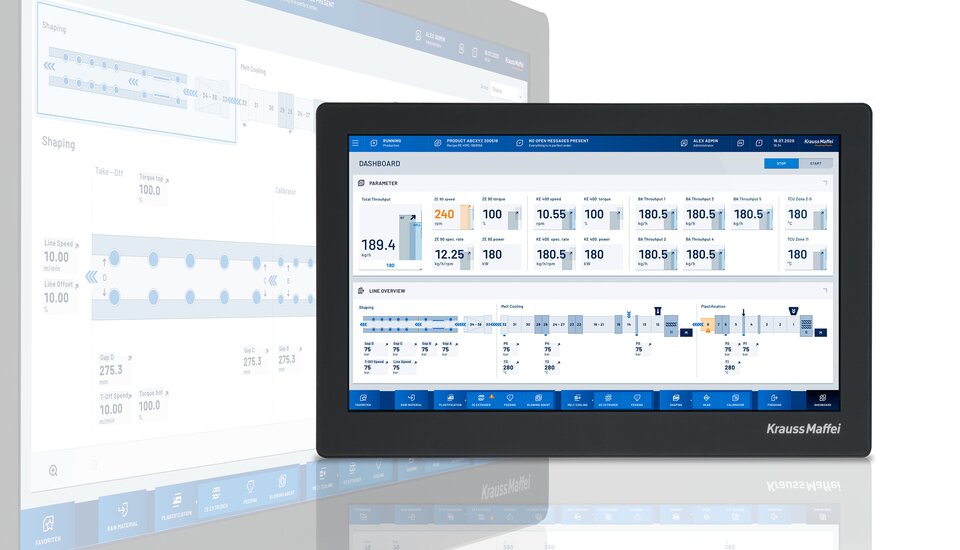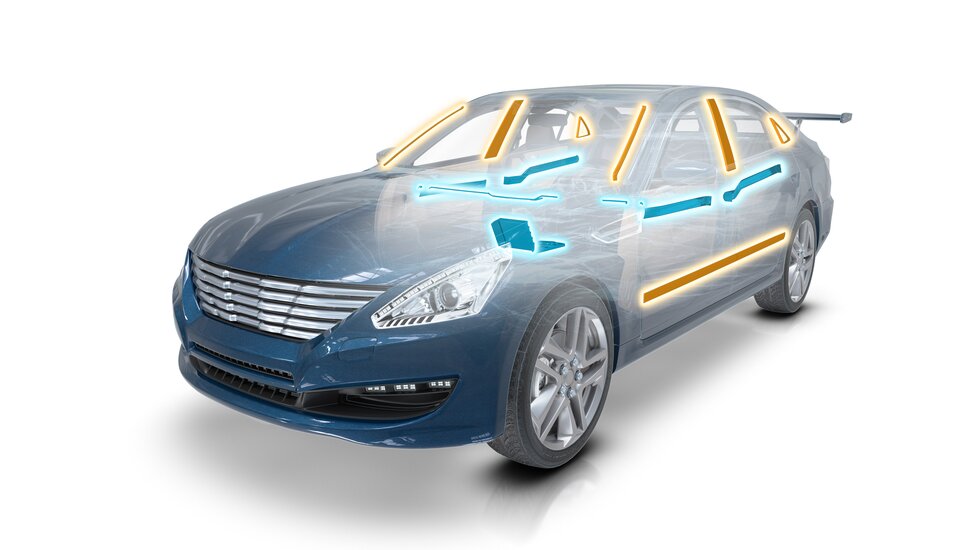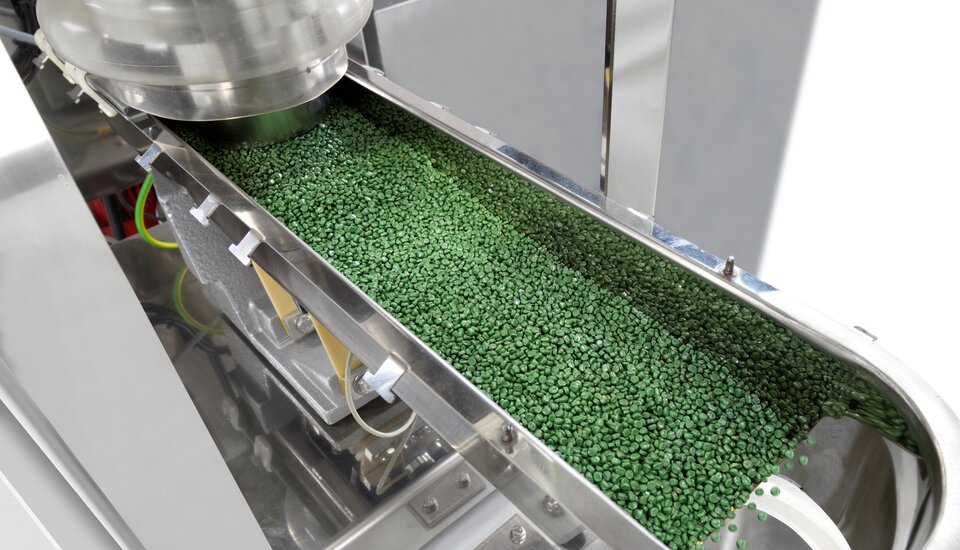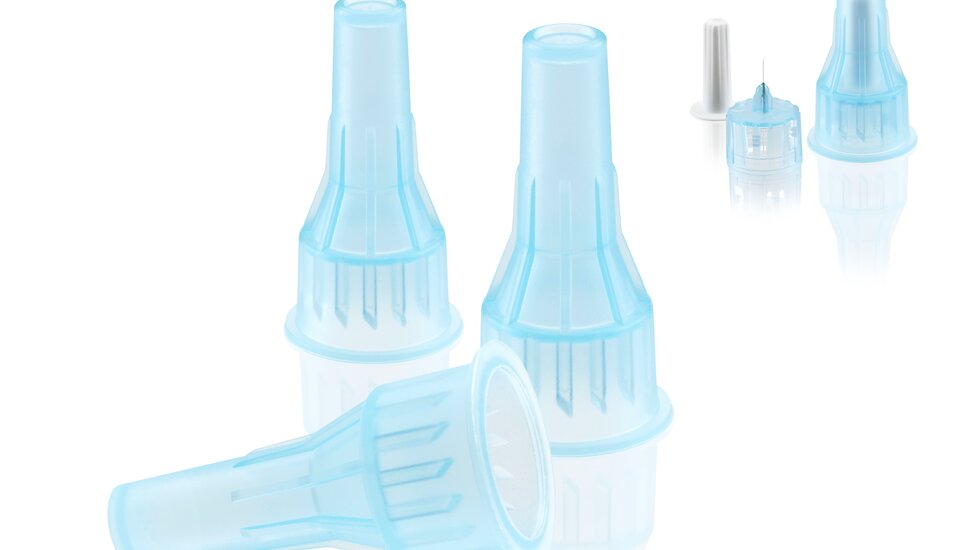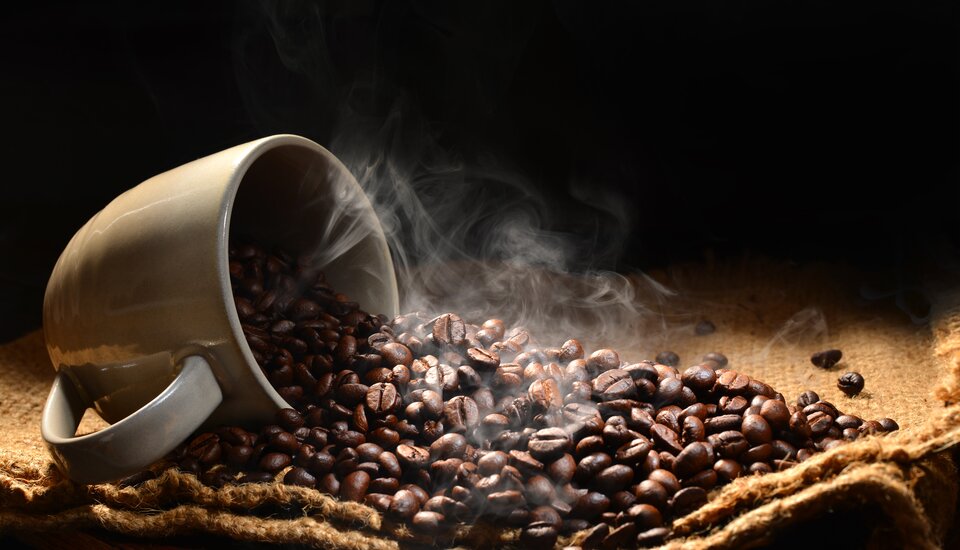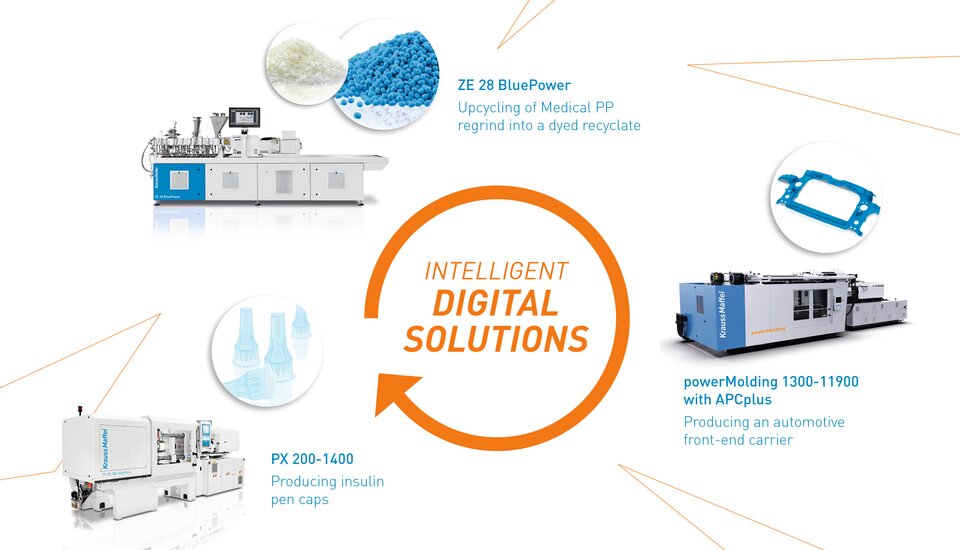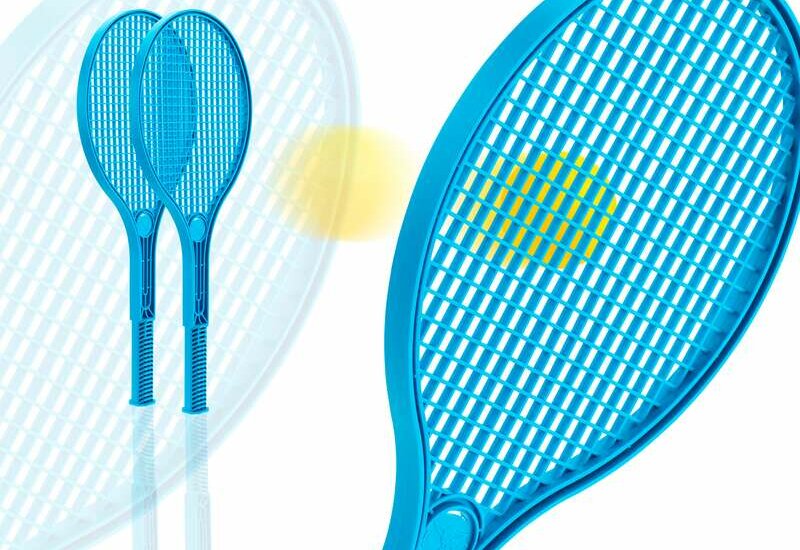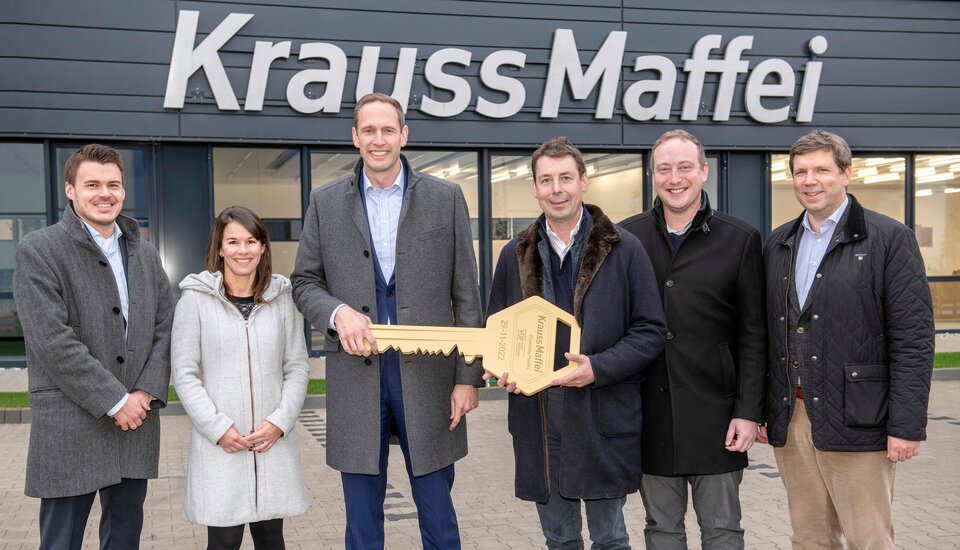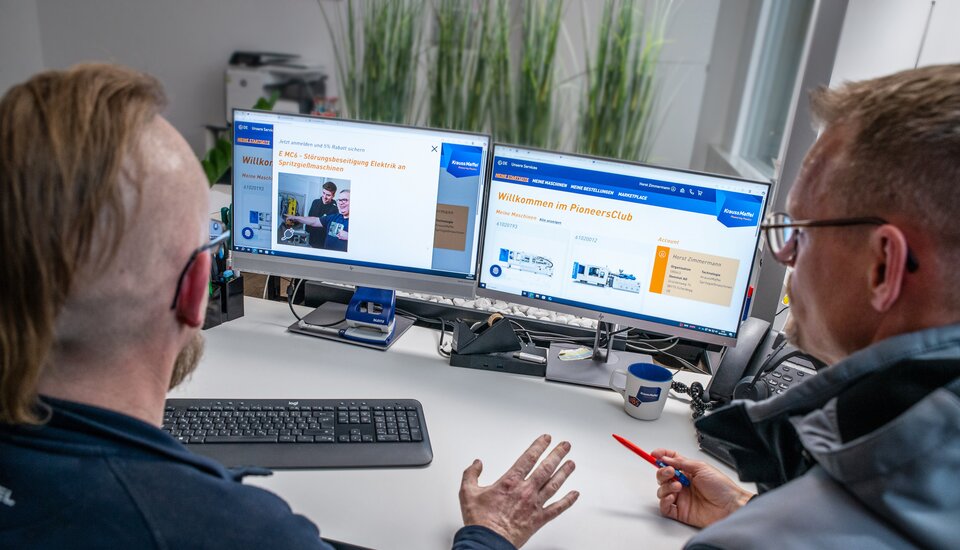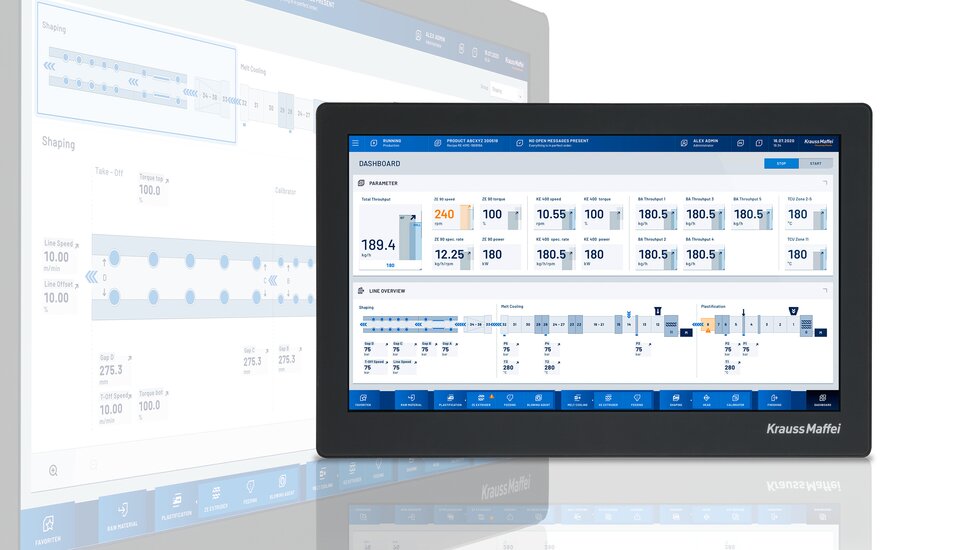
Sustainability
Green light for bioplastics
| Petra Rehmet
A guideline for injection molding processors
Do injection molding operations have to expect special challenges when they use bioplastics for the first time? Studies show that such skepticism is unfounded.
Bioplastics continue to conquer new areas of application. More and more frequently, biobased plastics that are not biodegradable are used not only in the packaging area but also in technical applications. For plastics processors, using such biobased plastics for the first time raises a variety of questions. To give injection molding operations a handy overview of important aspects to be taken into account when processing bioplastics, KraussMaffei in collaboration with the University of Applied Sciences in Rosenheim, Germany, and the Institute for Bioplastics and Biocomposites (IfBB) in Hanover, has carried out systematic investigations involving processing biopolymers.

Particularly compact, efficient and flexible
In the systematic investigations of biopolymers, KraussMaffei's fully hydraulic CX machine demonstrated its advantages
Different processing parameters were tested
The study examined whether PA610 reacts differently than PA6 if certain processing parameters change, such as barrel temperature, injection speed, back pressure, dwell time or cooling time. The test bodies were shouldered test bars and small crates manufactured using injection molding. In the scope of these experiments, both unreinforced material and material reinforced with 30 percent fibreglass-reinforced is processed. When testing the viscosity, it became evident that the changes in viscosity of PA610 and PA6 are on a comparable level. From this, we can conclude that the material decomposition that occurs does not differ significantly between the two PA materials.
Mechanical properties
The next step was to compare the influence of the processing parameters on the mechanical properties of PA610 and PA6. The trials were based on what is known as the COST (change one setting/parameter at a time) principle. Therefore, only one parameter is varied at a time, while the other parameters remained unchanged. In summary, these trials determined that the mechanical characteristic values of the PA610 and the PA6 were influenced only by slightly by the variation of processing parameters. The measured characteristic values were still close to the values specified in the respective data sheets.
Shrinkage and warpage
As adjuncts to the measurements on the shouldered test bars, the warpage was also determined on small crates manufactured in the injection molding process. In accord with the shrinkage measurements, stronger warpage effects were also in evidence for the biopolyamide PA610 compared to PA6. As expected, fiberglass reinforcement reduces the warpage. In addition, the measurements determined that a change of the injection speed does not effect the shrinkage behavior of the materials.


No unusual adaptations to parameters
The test results show: The studied biopolymer PA610 has similar processing characteristics to the conventional PA6. However, PA610 has a greater tendency towards warpage than PA6. Only in exceptional cases is a special screw geometry required when processing bioplastics. As a basic principle, we establish that when processing bioplastics, the process and mold parameters have to be adapted to the new material, exactly as is the case when switching from one synthetic polymer to another.
